DJI recently introduced its latest innovation, the DJI Dock 2, to the Philippine market. This launch marks a significant advancement in automated drone technology for the country, offering new possibilities across various industries.
DJI Dock 2
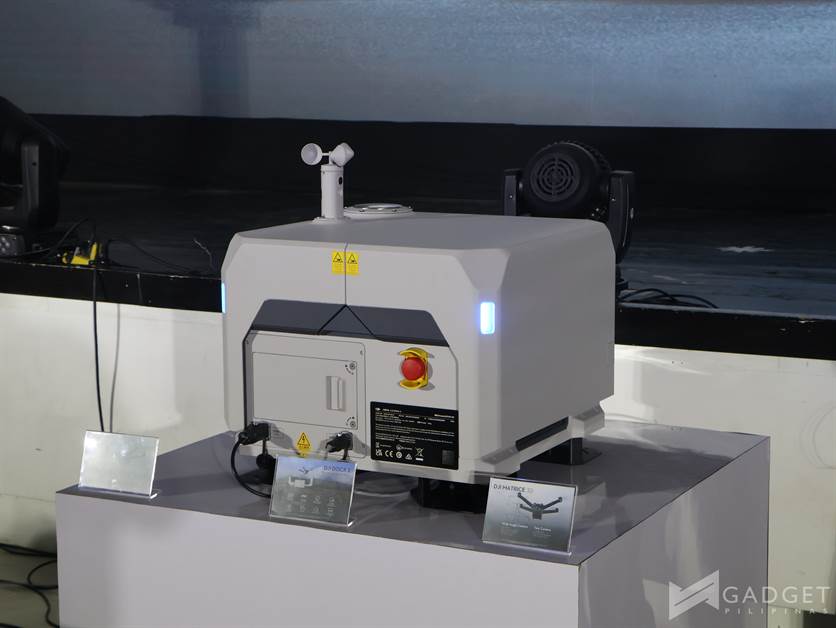
The DJI Dock 2 represents a substantial improvement over its predecessor, boasting a more compact and lightweight design that facilitates easier deployment. Weighing just 34 kg and measuring 570mm x 583mm x 465mm, the Dock 2 is 75% smaller and 68% lighter than the previous model, making it more accessible for businesses and organizations looking to integrate drone technology into their operations.
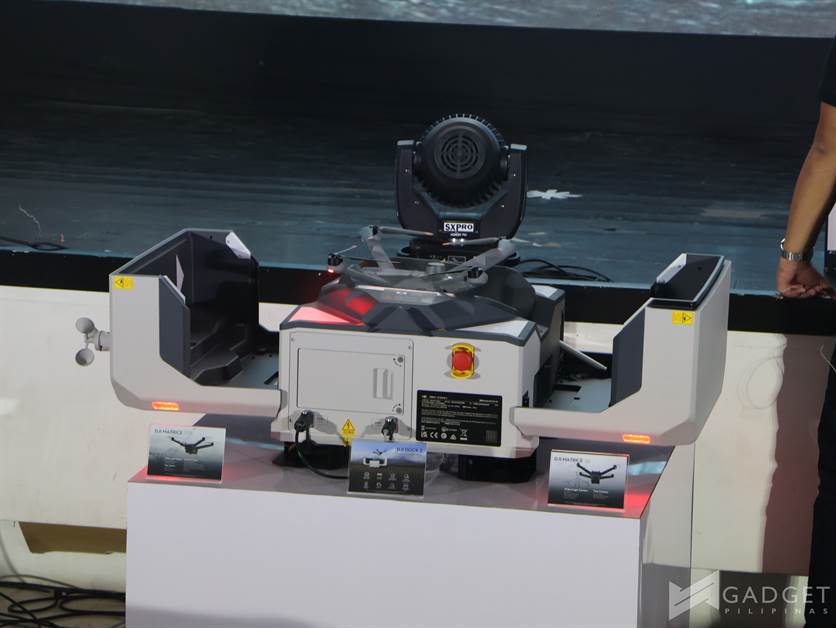
One of the key features of the Dock 2 is its compatibility with the newly designed DJI Matrice 3D and 3TD drones. These purpose-built aircraft are equipped with integrated RTK antennas, omnidirectional obstacle sensing, and automatic obstacle bypass capabilities. With a maximum flight time of 50 minutes and an impressive 6-mile operating radius, these drones are well-suited for extended missions in various sectors.
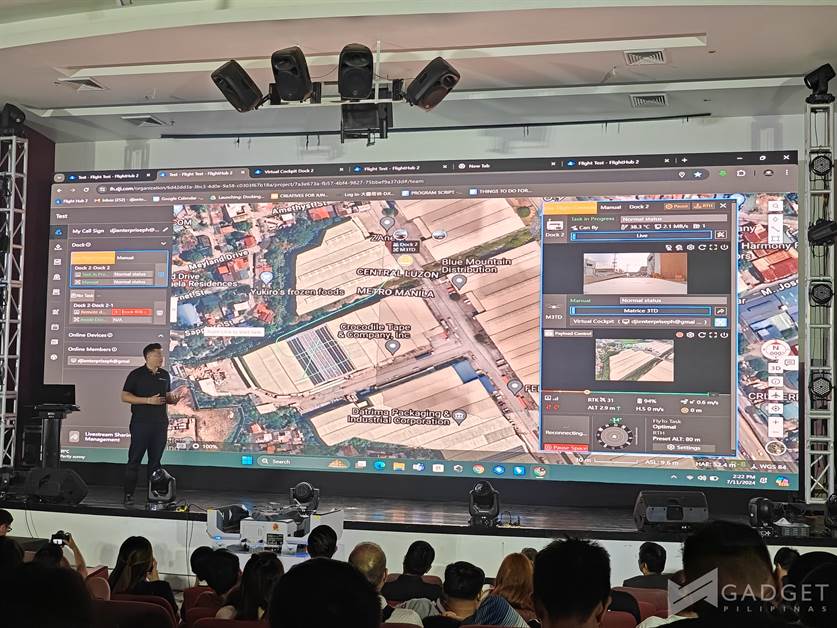
The Dock 2 system offers potential for industries such as surveying, inspections, asset management, and security. Its ability to operate autonomously and even integrate with the DJI FlightHub 2 for cloud-based management makes it an attractive solution for businesses seeking to streamline their aerial operations.
In the Philippines, where infrastructure development and security are ongoing concerns, the Dock 2 could prove particularly valuable. Its applications range from monitoring construction sites and inspecting power lines to enhancing border security and aiding in disaster response efforts.
Specifications
| Specification | Details |
|---|---|
| Dimensions | 22.4 in x 22.9 in x 18.3 in (570mm x 583mm x 465mm) |
| Weight | 75 pounds (34kg) |
| Weather Resistance | IP55-rated |
| Battery Backup | 5 hours of independent operation during power outage |
| Charging Capability | Wireless charging from 20% to 90% in ~32 minutes |
| Maintenance Interval | Every six months |
| Site Evaluation Time | 12 minutes or less |
| Drone Deployment Time | Within 1 minute |
| Compatible Drone Models | DJI Matrice 3D, DJI Matrice 3TD |
| Cloud Integration | Compatible with DJI FlightHub 2 |
| Additional Features | – Vision sensors for site evaluation |
| – Dual RTK antennas for accurate RTH | |
| – Internal and external fisheye lenses | |
| – Gauges for rainfall, wind speed, and temperature | |
| – Remote control capabilities |
This table provides a concise overview of the DJI Dock 2’s key specifications and features. Let me know if you need any additional information or modifications to the table.
Zenmuse H30 Series

Alongside the Dock 2, DJI also showcased the Zenmuse H30 series payloads at the launch event. While not the primary focus, these advanced camera systems complement the Dock 2’s capabilities, offering high-resolution imaging and thermal sensing options for specialized applications.
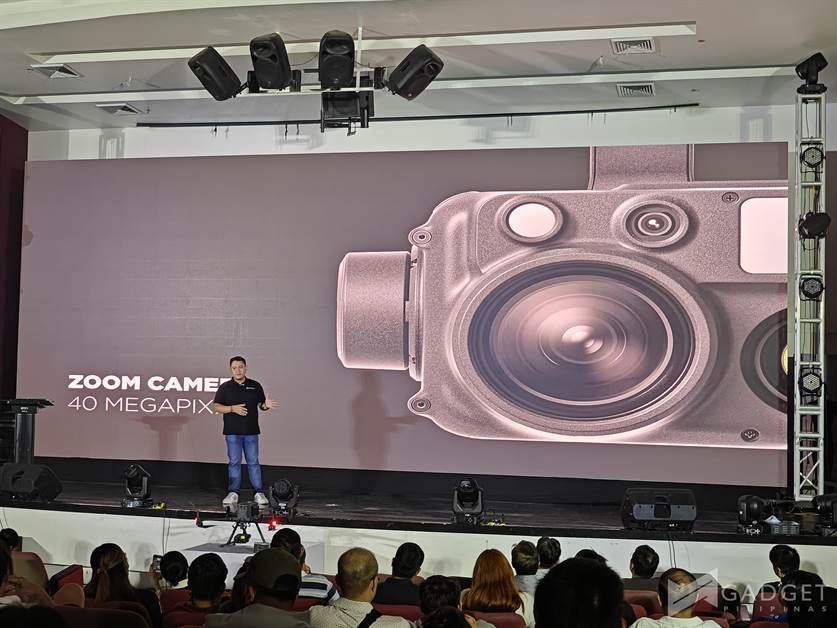
The H30 series, compatible with DJI’s Matrice 300 RTK and Matrice 350 RTK drones, includes the H30T model, which integrates a wide-angle camera, zoom camera, infrared thermal camera, laser range finder, and NIR auxiliary light.
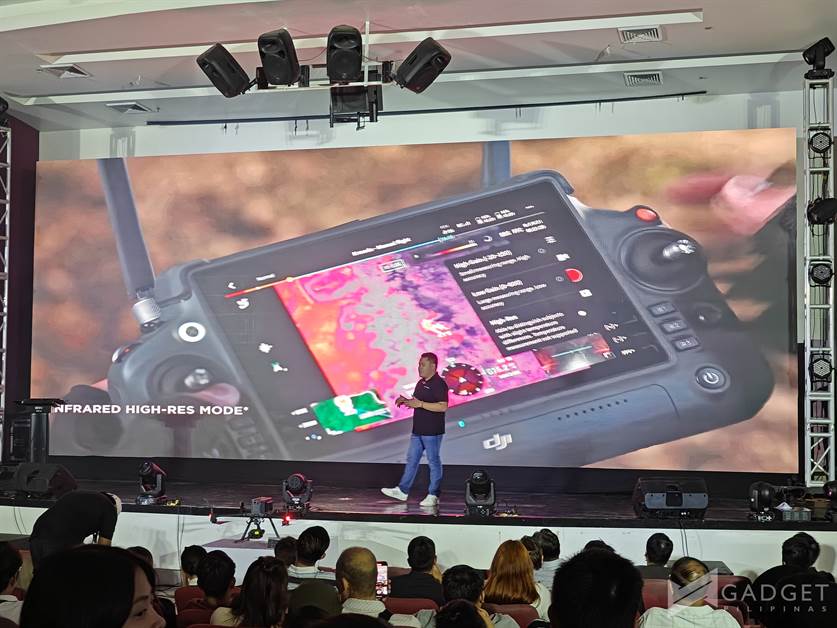
This multi-sensor payload enhances the versatility of DJI’s enterprise drone solutions, allowing for more detailed inspections and improved performance in low-light conditions.

These advanced drone technologies underscores DJI’s commitment to expanding its enterprise solutions globally. As businesses and government agencies in the Philippines look to adopt more efficient and technologically advanced methods of operation, the DJI Dock 2 and Zenmuse H30 series are poised to play a significant role in shaping the future of aerial data collection and surveillance in the country.
For more information, you may visit DJI Enterprise’s official website.
Emman has been writing technical and feature articles since 2010. Prior to this, he became one of the instructors at Asia Pacific College in 2008, and eventually landed a job as Business Analyst and Technical Writer at Integrated Open Source Solutions for almost 3 years.







